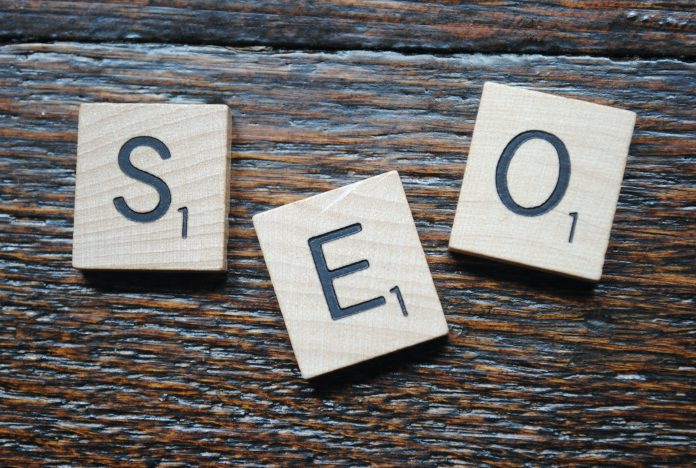Users and search engines are the two main factors to take into account while building a website.
For your website to appear on Google when customers search for your products, it must be SEO-friendly. But for customers to find the products they want to buy, you also need an imaginative, user-friendly website.
The challenge for website owners becomes striking a balance between that and being a user-friendly and SEO-friendly website, particularly when there are dozens of products offered on the site. Many organizations have two independent teams for web development and SEO, which further complicates matters.
Regardless of whether both teams are internal, it can be difficult to get them to collaborate to create a stunning and profitable website. In this article, we’ll go into more detail about what SEO web design is and its significance.
What Is An SEO-friendly Website?
The practice of optimizing a website for search engines is known as SEO (search engine optimization). Designing a website and all of its pages is known as website design.
Put together, SEO web design refers to the planning and development of a website that is search engine friendly. It addresses the SEO best practices that website designers should adhere to.
Why is SEO-friendly Web Design Crucial?
How will people find your website if it has a beautiful design but you can’t get any of its website pages to appear in search engine results?
While social networking and PPC advertisements are excellent for boosting traffic, it’s crucial to find organic (i.e., free) strategies to do so and climb to number one of the SERPs (search engine result pages).
Here are some of the main advantages of SEO web design.
Organic Traffic Rises With SEO Web Design
Any search engine traffic to your website that is not the result of paid advertising is referred to as organic traffic. These are internet visitors who discovered your site after performing a Google search and perusing the suggested results.
To be more precise, the top search result receives almost 25% of all clicks, followed by the second by 15%, and then a sharp decline.
High-intent Traffic Is Attracted
When someone uses Google to search for something, they usually have a specific question they’re trying to get answers to. They’ll click on your page when it appears at the top of the search results with that precise response.
Even though they might not convert right away after finding your website, they now know they can contact you if they have any additional inquiries. Because they were looking for anything related to your sector, this top-of-mind brand awareness is excellent for boosting conversions.
The User Experience Is Enhanced
An ROI of 9,900% is achieved for every dollar spent on user experience, but it is not the only advantage. Your website must be both user-friendly and SEO-optimized if you want to please Google’s algorithm. Google has improved its standards so that metrics relating to the user experience count toward your rankings.
Making your website better Any marketing approach must use SEO. It makes sure that your website functions properly and is simple for users to navigate so they can locate the information they need.
Making The Most Of Your Marketing Money With SEO Web Design
Although the modifications are typically free, implementing an SEO plan can take some time. With a little website knowledge, many business owners can set up SEO-friendly website parameters themselves, or they can delegate it to someone on their team.
The point is that SEO is a low-cost tactic for assisting your website in achieving your marketing objectives and raising your overall return on investment.
10 Elements To Improve For SEO In Web Design
Now that you are aware of the significance of SEO web design, let’s discuss how to optimize your website. To make incorporating these 10 points as simple as possible, keep optimization for search engines top of mind throughout the entire web design process.
After all, you don’t want your web development team to spend all that time building the website only to have your SEO team dissect it and lengthen the process. Instead, letting the two teams collaborate on each of these throughout the design stage speeds up the project as a whole.
To rank a webpage, Google’s search algorithm considers more than 200 variables. One designer just cannot take into account everything. Instead, to raise the ranking of your pages, start by improving the following 10 elements:
- Mobile-friendliness
- Website speed
- Sitemaps
- Readability
- Names of image files
- URL structure
- Website navigation
- Metadata
- Indexable material
Alt tags













